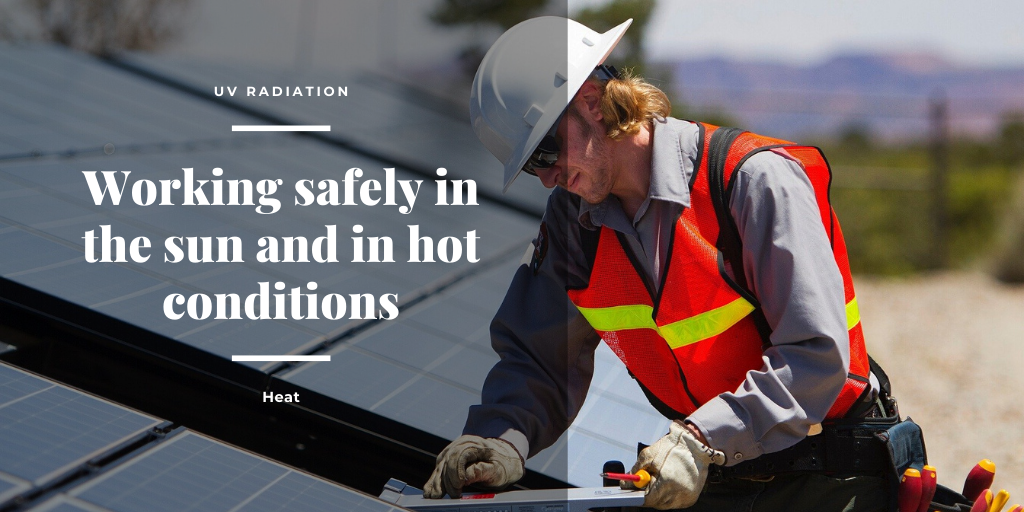If you work outdoors in Western Australia, you will be no stranger to the sun and the difficulties that are associated with working in our hot, dry climate. There are many hazards associated with working outside such as exposure to harmful UV rays and heat exposure. Preventing exposure to the sun and managing the way workers operate in the heat are the best methods for working safely outside.
Sun Safety
The Risks of Exposure
UV Radiation is a Group 1 Carcinogen (the same risk category as asbestos and tobacco) that is responsible for most cases of Skin Cancer in Australia. Western Australia is exposed to high levels of UV radiation throughout the year, even on cloudy days (Department of Mines, Industry Regulation and Safety 2016).
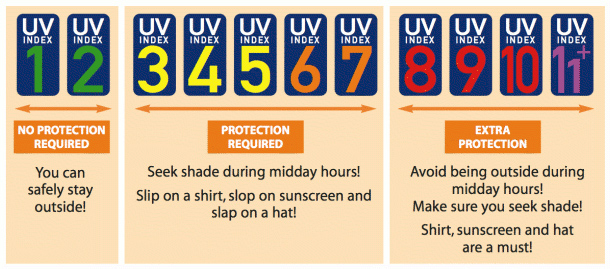
Outside workers are exposed to up to 10 times more sun/UV compared to indoor workers. (Cancer Council 2019). Also, most outdoor workers are exposed to the sun during the day when UV index levels are high to very high (Active Healthy Communities 2019). Because of this exposure, outdoor workers are also at higher risk of:
- Skin and Eye Damage
- Sunburn
- Premature ageing and wrinkles
- Skin Pigmentation and discolouration
- Skin Cancer
- And other conditions (Department of Mines, Industry Regulation and Safety 2016)
Using sun protection such as lightweight long sleeve shirts and long pants and sunscreen can greatly reduce a worker’s exposure to harmful UV radiation. UV damage is cumulative, so it is best if you start using sun protection as soon as possible (UV Daily – Cancer Council Australia 2019).
Developing a SunSmart Workplace
Work health and safety legislation aims to prevent injury and illness at work and requires that employers provide a safe working environment; this includes UV radiation (Cancer Council 2018).
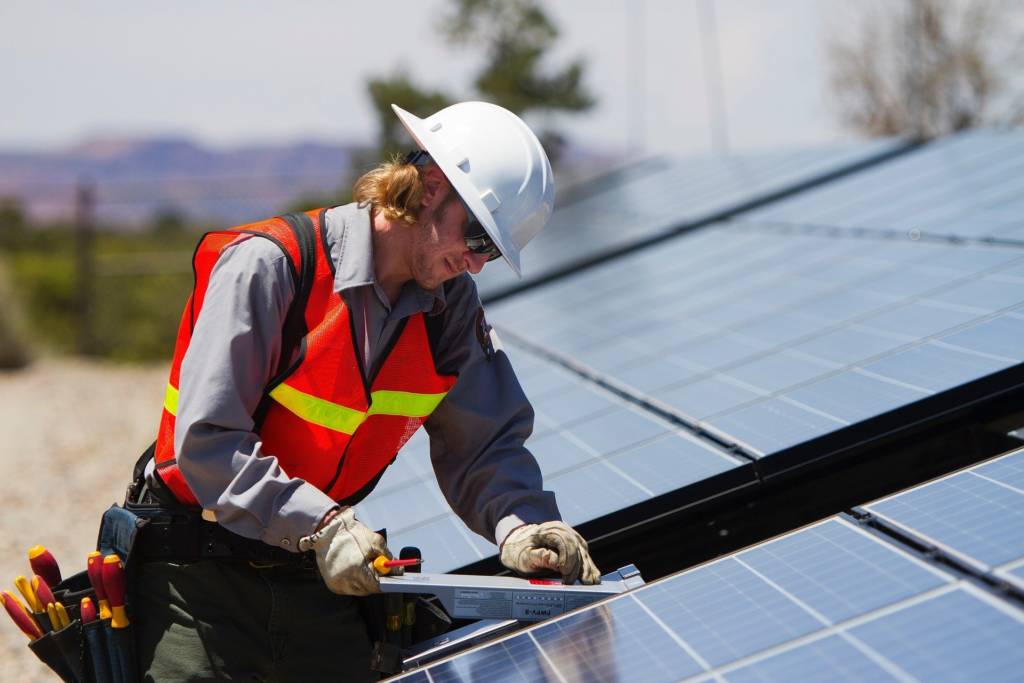
Employers with workers who spend a period of time outdoors should consider implementing a sun protection program. These programs do not need to be complicated and should generally involve simple measures such as:
- Identifying UV Hazards and Exposure
- Implementing
sun protection measures such as
- Engineering Controls – Shade structures, changing reflective surfaces, window tinting
- Personal Protective Equipment (PPE) – sun-protective clothing, sunscreen, sunglasses, hats
- Administrative Controls – Rotating work Schedules to limit exposure, SunSmart UV alert, skin cancer checks
- Training and supervising workers to work safely in the sun
- Documentation of the program through a sun protection policy
(Safe Work Australia 2013)
The Cancer Council has a number of resources to help implement sun protection in your workplace:
- Work outdoors? Use UV protection every day
- Skin cancer and outdoor work: A work health and safety guide
- The SunSmart Campaign
- Sample Sun Protection Policy for outdoor workers
Useful Tools – UV Daily & the SunSmart App
The UV Daily website is a useful tool, run by the Cancer Council Australia, that is a useful tool for outdoor workers and the wider community. On the website, you can find information on working outdoors, assessing your risk to UV radiation and how to take action with sun protection.

You can also install the free SunSmart App on your smartphone to track UV levels throughout the day. It will also recommend the sun protection that should be used according to the current UV level and can calculate the amount of sunscreen you may need with your outfit.
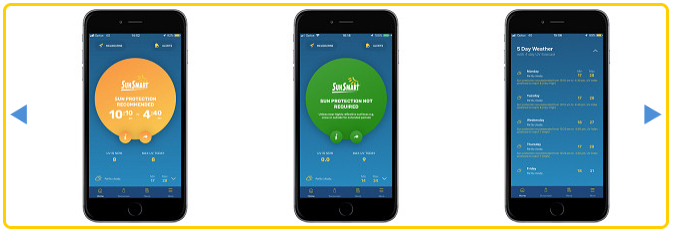
Working Safely in Hot Conditions
For Australian workplaces, heat is a hazard that should be addressed as required by the Occupational Safety and Health Regulations 1996. Heat may result from many factors including hot climatic conditions, heavy work, hot work processes, radiant heat from the surrounding environment and the use of heavy protective clothing (WorkSafe 2016). In WA, exposure to extreme heat is generally experienced by outdoor workers through climatic conditions. However, extreme heat exposure can also result from working in certain workplaces such as laundries, boiler rooms and kitchens (Department of Health (WA) 2013).
Heat stress and illness
Working in the heat can not only be uncomfortable but can lead to a variety of heat-related illnesses. The average human body should maintain a stable temperature of approximately 37 degrees Celsius. When the body starts to overheat, or has to work hard to keep cool, it can suffer from heat-related illness (Safe Work Australia 2017).
Heat illness is a general term that refers to the following:
- Discomfort – includes symptoms such as heat rash, flushed skin and sweating
- Mild Heat Illness – includes symptoms such as dehydration, tiredness, weakness/dizziness, cramps, irritability and reduced work capacity or concentration
- Heat Exhaustion – when the body is working too hard to stay cool and typically has symptoms such as headaches, fainting, nausea, low blood pressure, clammy/pale/flushed skin and high body temperature (between 37 and 39 degrees Celsius)
- Heat Stroke – a severe form of heat stress where medical attention should be immediately sought. It is caused by the failure of the body’s temperature-regulating mechanism. Occurs when the body temperature rises above 40 degrees Celsius
(WorkSafe 2016)
If left untreated heat-related illnesses may become fatal (Safe Work Australia 2017). Safe Work Australia provides guidance on First aid for heat-related illness on their website. Employers with a workplace were employees are at risk of heat exposure should sure employee are aware of the signs, symptoms and treatment for heat-related illness available in their workplace.
Risk Management of Heat in the Workplace
Employers should consult with their workers on the best ways to effectively manage the risks of working in the heat.
Safe Work Australia has a checklist for risk-managing in the workplace that asks you to consider the risk factors such as (Safe Work Australia 2019):
- Is the ambient conditions of the workplace hot?
- Are the days and nights hotter than usual? Could this contribute to fatigued workers?
- Is it humid in the workplace?
- What time of the day is work done?
- How often do workers take breaks somewhere cool?
- Is there air movement or a breeze?
- Is the workload intense or long?
- Are workers physically fit and acclimatised?
- Do workers wear hot clothing or PPE?
- Are the workers qualified, trained and experienced?
- Is there cool drinking water or electrolyte drinks available to workers?
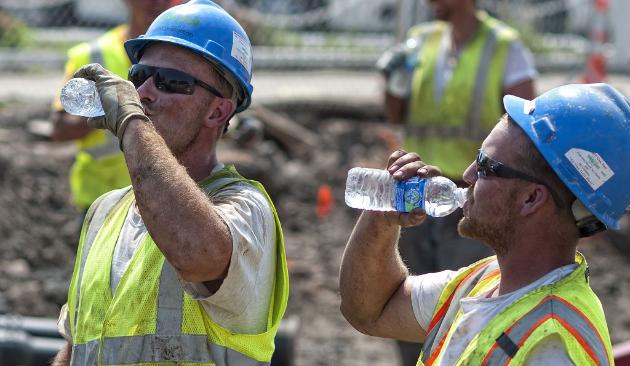
You can prevent the occurrence of heat-related illness through control measures such as the provision of heat-reflective PPE, cool clothing or uniforms, encouraging workers to stay hydrated and to make provision for rest breaks in cooler areas. Allowances for acclimatisation should be provided when workers are exposed to significant variation in climatic conditions between their workplace and off-work locations. This is an important consideration for FIFO workers who may work and live in a location with significantly different temperatures. Appropriate first aid facilities and adequate training should also be available (WorkSafe 2016).
There are a variety of tools available to help workplaces address heat safety:
- Checklist for Risk-managing heat in the workplace
- Safe Work Australia – Guidance material on Managing the risks of working in heat
- Department of Health (WA) – Guidelines for Working in Heat
- WorkSafe – Working Safely in hot conditions
Sun and Heat
Exposure to the sun (UV radiation) and heat are separate hazards that should be addressed in workplaces.
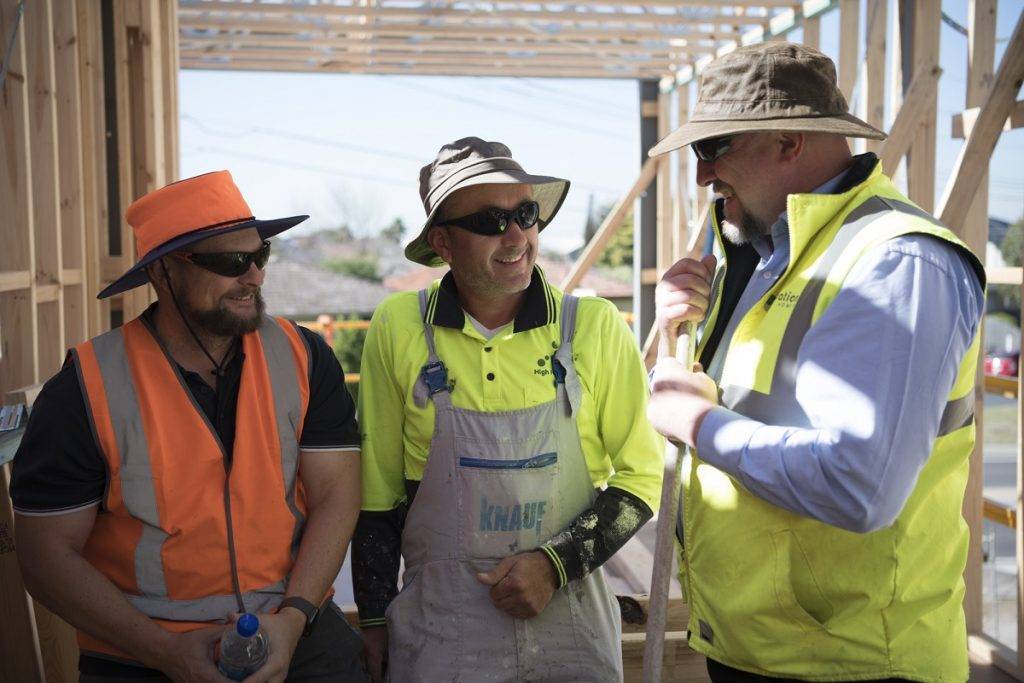
When implementing a Sun and Heat Exposure programs in your workplace remember worker comfort will be an important factor for adoption. In hot conditions workers may be more likely to not correctly use PPE or comply with other sun protection methods as a result of discomfort. Sun protection equipment should be carefully considered to ensure that it does not contribute to heat illness or discomfort. Use materials and designs that are not heavy, uncomfortable and will keep the worker cool and protected from the sun (Cancer Council WA 2019).
Most of the risks and illnesses associated with extended exposure to UV radiation and heat can be prevented. In workplaces, employers and workers should work together to ensure that UV and heat hazards are addressed in workplaces.
References
Active Healthy Communities. 2019. Sun Safety in the workplace. Accessed November 08, 2019. http://www.activehealthycommunities.com.au/plan/operational-planning/sun-safety-workplace/.
Cancer Council. 2018. “Skin cancer and outdoor work.” Cancer Council Australia. October. Accessed November 11, 2019. https://www.cancer.org.au/content/Preventing%20cancer/workplace/Skin%20Cancer%20and%20Outdoor%20Work%20Booklet_WEB_A4.pdf.
—. 2019. Sun protection in the workplace. March 27. Accessed 11 08, 2019. https://www.cancer.org.au/preventing-cancer/sun-protection/sun-protection-in-the-workplace.html.
Cancer Council WA. 2019. Sun Protection at work. July 09. Accessed November 26, 2019. https://www.cancerwa.asn.au/prevention/sunsmart/sunandworkplace/#employers.
Department of Health (WA). 2013. Guidelines for Working in Heat. March 20. Accessed November 20, 2019. https://ww2.health.wa.gov.au/About-us/Policy-frameworks/Supporting-information/Mandatory-requirements/Public-Health/Guidelines-for-Working-in-Heat.
Department of Mines, Industry Regulation and Safety. 2016. Sun safety in the workplace. December 14. Accessed November 26, 2019. https://www.commerce.wa.gov.au/worksafe/sun-safety-workplace.
Safe Work Australia. 2019. Checklist for risk-managing heat in the workplace. February 1. Accessed November 27, 2019. https://www.safeworkaustralia.gov.au/doc/checklist-risk-managing-heat-workplace.
—. 2013. “Guide on Exposure to Solar Ultraviolet Radiation (UVR).” Safe Work Australia. August. Accessed November 26, 2019. https://www.safeworkaustralia.gov.au/system/files/documents/1702/guide-exposure-solar-ultraviolet-radiation.pdf.
—. 2017. “Managing the risks of working in heat.” Safe Work Australia. December 7. Accessed November 27, 2019. https://www.safeworkaustralia.gov.au/system/files/documents/1902/guide_for_managing_the_risks_of_working_in_heat_1.pdf.
UV Daily – Cancer Council Australia. 2019. UV Daily. Accessed November 26, 2019. https://www.uvdaily.com.au/.
WorkSafe. 2016. “Working safely in hot conditions.” WorkSafe. Accessed November 26, 2019. https://www.commerce.wa.gov.au/sites/default/files/atoms/files/working_safely_in_hot_conditions2016.pdf.

